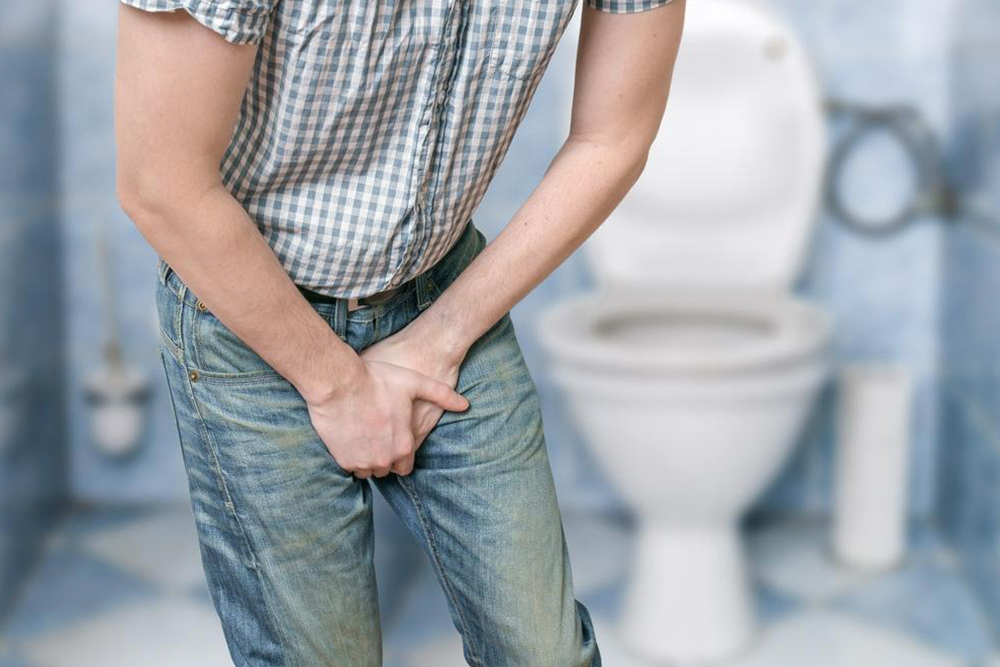Understanding Functional and Mixed Urinary Incontinence
This article explores functional and mixed urinary incontinence, highlighting causes, treatment options, and medical devices. It emphasizes hygiene's importance in managing symptoms, offering insights into non-surgical and surgical interventions ideal for elderly patients with complex conditions.
Sponsored

Urinary incontinence is common among older adults, especially those with additional health challenges. Factors such as impaired vision, mobility issues, cognitive decline, depression, and decreased manual dexterity prevent quick access to the bathroom. Even reaching the toilet can be difficult, and trouble unbuttoning clothes can delay urination. Addressing this requires a combination of physical therapy to strengthen mobility and bladder control, along with using absorbent diapers. For some, a catheter may be necessary, depending on their level of disability.
Mixed incontinence involves both stress and urgency incontinence occurring simultaneously. Treatments focus on alleviating stress-related leaks with medications like anticholinergics, which relax the bladder. Various medical devices can help manage symptoms, especially in women.
Urethral inserts that can be placed after urination and removed before the next.
Pessaries – stiff rings worn inside the vagina to lift the bladder and prevent leaks.
Botox injections to relax overactive bladder muscles, suitable for both genders.
Sacral nerve stimulators to regulate bladder nerve signals.
Surgical options include sling procedures with mesh support, bladder lifting (colposuspension), or artificial sphincter implants for severe cases.
Maintaining proper hygiene is vital to prevent skin infections, irritation, and urinary tract issues due to dampness caused by leakage. Keeping the skin dry, clean, and well-aired helps prevent complications.






